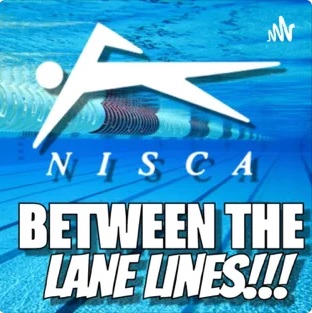One of the most common questions from swimmers is whether they should use alternate-side, or bilateral, breathing. And the quick answer is yes, you should breathe to both sides. At least in practice. And on some occasions it can be an advantage while racing too.
The primary reason is that it promotes more symmetry in the stroke – i.e. whatever happens on one side of the body, happens the same way on the other side. Here’s a lesson I learned about muscle memory on my very first day of coaching in September 1972: It seemed that virtually my entire team at the U.S. Merchant Marine Academy in Kings Point, NY, had lopsided freestyle strokes, rolling more to one side and a wider recovery on the same side. The next day for warmup, I had them swim 800 yards breathing to the “wrong” side. Instantly, every stroke in the pool was more symmetrical and balanced—the “blank slate” effect. Lacking a history of practicing bad habits, each swimmer’s less-natural breathing side, though it probably felt awkward, was more efficient.
Virtually all swimmers breathe to one side most of the time. Trying to breathe to the other side feels awkward, so you just don’t do it. Who needs to feel even more awkward? The problem with breathing this way is that it tends, over time, to make your stroke lopsided and asymmetrical. And small wonder; in just an hour of swimming, you’ll probably roll to your breathing side about 1,000 times, meaning all your torso muscles pull more in that direction and less to the other side. Multiply that by hundreds of hours of swimming and you can see how a lopsided stroke can easily become permanent.
Why you should breathe bilaterally in training

